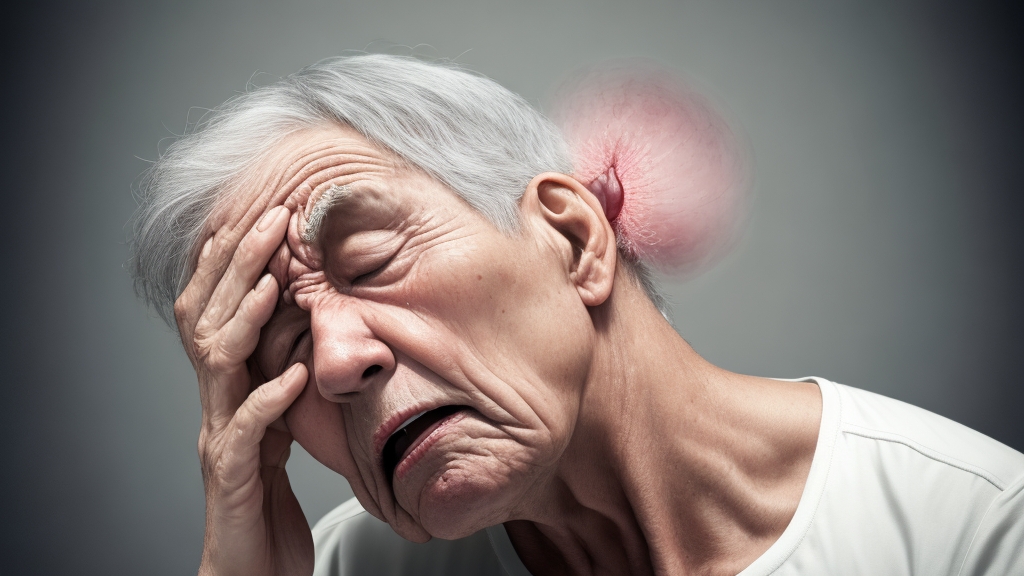What is a stroke?
A stroke (CVA) is a serious medical condition that affects millions of people worldwide and is a leading cause of disability and death. It occurs when the blood supply to the brain is disrupted, either due to a blockage or a rupture of a blood vessel. Prompt recognition and immediate medical intervention are crucial to minimize the long-term effects of stroke. Raising awareness about CVA is essential to ensure that people understand its signs, risk factors, prevention strategies, and treatment options.

Recognizing the Signs of Stroke:
The first step in raising awareness about stroke is educating the public about its warning signs. It is important for individuals to recognize these signs so they can seek medical help without delay. The common signs of stroke can be remembered using the acronym FAST:
- Face drooping: One side of the face may droop or become numb. Ask the person to smile to check for facial asymmetry.
- Arm weakness: One arm may become weak or numb. Ask the person to raise both arms and see if one arm drifts downward.
- Speech difficulties: Speech may be slurred or difficult to understand. Ask the person to repeat a simple sentence and check for any speech abnormalities.
- Time to call emergency services: If someone experiences any of the above signs, it is important to call emergency services immediately. Time is crucial when it comes to stroke, as early intervention can significantly improve outcomes.
Understanding stroke Risk Factors:
Raising awareness about CVA-cerebrovascular accidents also involves educating the public about the risk factors associated with the condition. Some risk factors cannot be changed, such as age, gender, and family history. However, several modifiable risk factors should be addressed:
- High blood pressure: Hypertension is a leading risk factor for stroke. Managing blood pressure through lifestyle modifications and medications can significantly reduce the risk.
- Smoking: Cigarette smoking damages blood vessels and increases the likelihood of blood clots. Quitting smoking is crucial to reduce the risk of CVA.
- Unhealthy diet: A diet high in saturated fats, cholesterol, and sodium can contribute to high blood pressure and other risk factors. Promoting a balanced diet rich in fruits, vegetables, whole grains, and lean proteins is important.
- Lack of physical activity: Sedentary lifestyles contribute to various health issues, including stroke. Encouraging regular physical activity can reduce the risk.
- Excessive alcohol consumption: Heavy drinking raises blood pressure and increases the risk of stroke. Moderate alcohol consumption should be encouraged, with limitations as per medical guidelines.
Prevention and Treatment of stroke
- Raising awareness about stroke.
- adopting a healthy lifestyle
- managing chronic conditions (such as diabetes and high cholesterol)
- seeking regular medical check-ups.
- raising awareness about the availability of medications and interventions, such as clot-busting drugs and surgical procedures, can help individuals understand the importance of seeking medical attention promptly.
Conclusion:
- Having awareness about stroke is crucial for ensuring early recognition, prompt treatment, and prevention of this life-threatening condition.
- By educating the public about the signs, risk factors, prevention strategies, and treatment options, we can empower individuals to take control of their health and potentially save lives.
- Public health campaigns, educational programs, and community initiatives are instrumental in spreading awareness and fostering a society that is well-informed and proactive in stroke prevention and management.
- Together, we can make a significant impact in reducing the burden of stroke and improving the overall health and well-being of our communities.

